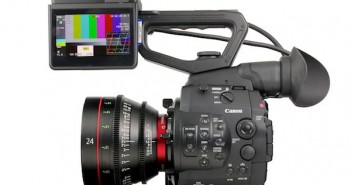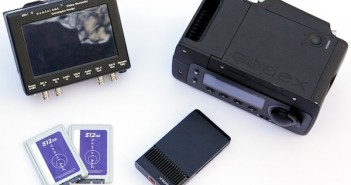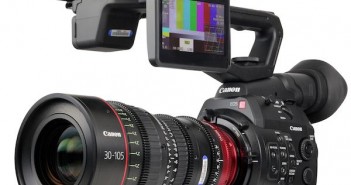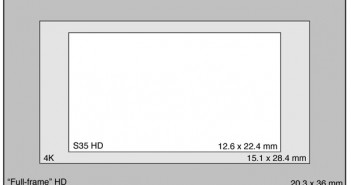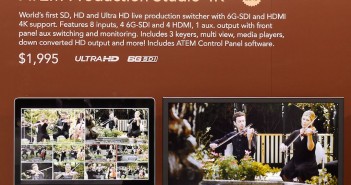
In Ye Olden Days, every part of the production, storage, postproduction, and transmission chain was built around analog hardware following well-defined standards: 3.58 MHz subcarrier, 13.5 MHz digital sampling; format-specific tape decks, NTSC II encoding and OTA transmission. Moving to HD required replacing all of that with something new.
Now? Sensors and displays are hardware, but the stuff in the middle is a string of ones and zeroes. There aren’t hardware vision mixers any more, just T-handles driving encoders that tell DSPs what proportion of channel A to composite with Channel B. A hard drive doesn’t care if it’s storing 720p, 1080i, 1080p or 2160p, or whether the images refresh at 23.98 Hz, 50Hz, or 59.94Hz. You can wrap anything in a broadcast transport stream; it’s just bits.

